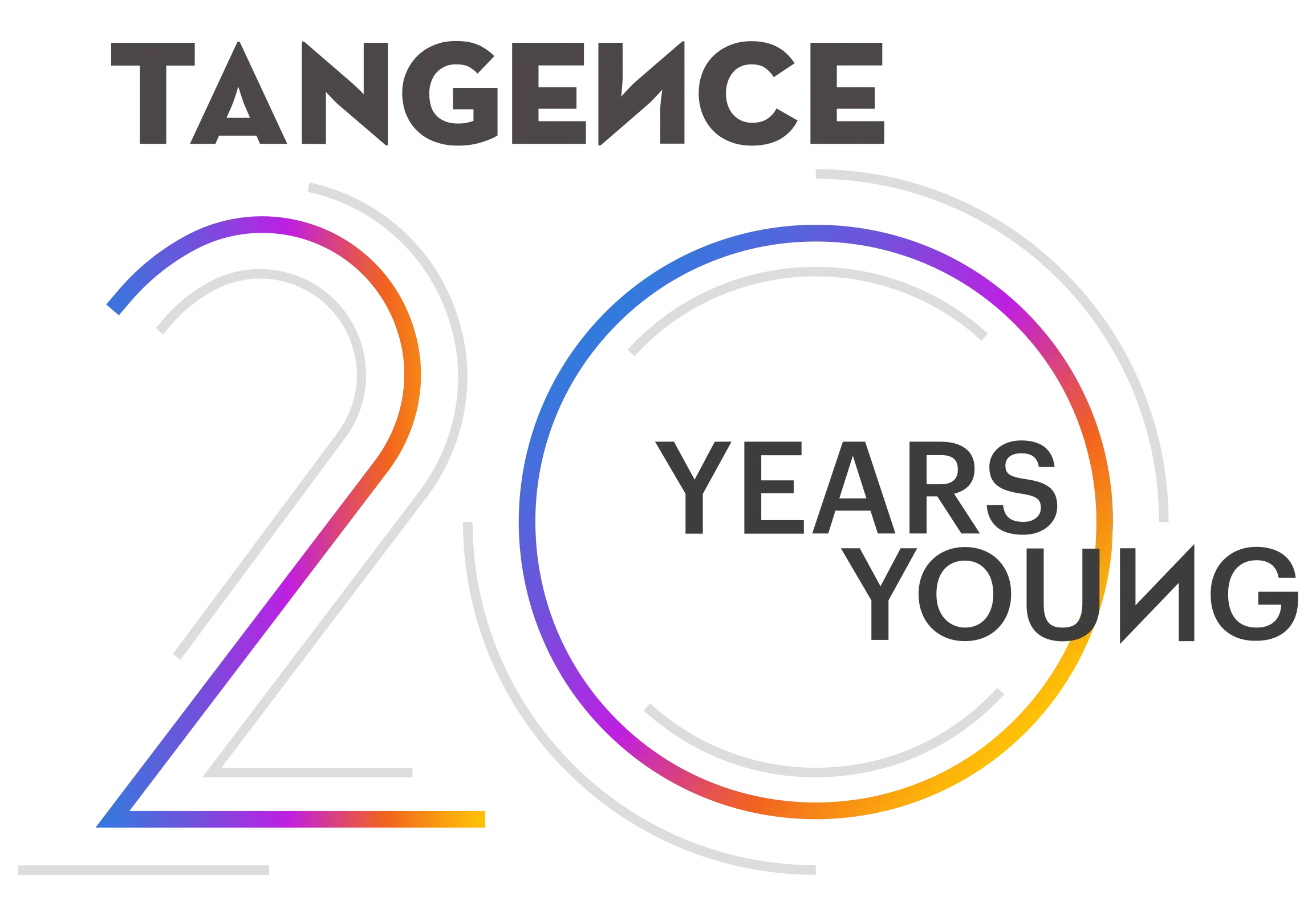blog
ChatGPT vs. Bard: A Balanced Assessment of Two Leading AI-Language Models

The importance of language models in modern business cannot be overstated. They enable companies to better engage with customers, provide personalized support, and automate tasks to increase efficiency. This blog post will compare and contrast two of the most popular AI language models – ChatGPT and Bard. This blog aims to provide a balanced assessment of each model’s features, strengths, and weaknesses and help businesses decide which one is best suited for their needs.
Overview of ChatGPT and Bard
ChatGPT and Bard are two of the most popular AI language models available in the market today. ChatGPT is developed by OpenAI, while Bard is developed by EleutherAI. ChatGPT is based on transformer architecture, which is a neural network architecture that has been widely adopted in NLP tasks. Bard, on the other hand, is a GPT-2 based language model. Both models have been pre-trained on large amounts of text data to generate human-like responses.
Features and Capabilities of ChatGPT and Bard
Now let’s delve deeper into the specific features and capabilities of ChatGPT and Bard.
Firstly, in terms of natural language processing (NLP) abilities, both ChatGPT and Bard can understand and interpret human language to a high degree of accuracy. They are both capable of analyzing text data and generating natural-sounding responses.
In addition, both models are proficient in handling complex tasks such as machine translation, summarization, and question-answering. ChatGPT and Bard have been tested on various benchmark datasets and have demonstrated impressive performance on language modeling, machine translation, and summarization tasks.
However, there are certain differences between the two models. ChatGPT is popular for its ability to generate coherent and contextually relevant responses, which has been attributed to its advanced neural architecture and training on a massive amount of data. On the other hand, Bard has been lauded for its ability to generate creative and engaging responses, thanks to its use of generative adversarial networks (GANs).
When it comes to performance in language benchmarks, both models have achieved impressive results. ChatGPT has outperformed Bard in several benchmarks, including the LAMBADA language modeling benchmark, where it achieved state-of-the-art performance. However, Bard has achieved better results in some specific tasks, such as the Story Completion Challenge.
Strengths and Weaknesses of ChatGPT and Bard
Both ChatGPT and Bard have their advantages and limitations. ChatGPT’s strength lies in its ability to generate contextually relevant responses and learn from new language patterns. Also, it can handle a wide range of tasks and languages. However, it requires a lot of computational power and may take longer to train compared to other models. Bard, on the other hand, is more efficient and requires less computational power. It can also generate creative responses, making it suitable for tasks such as story writing. However, it may struggle with complex tasks such as translation and summarization.
Use Cases and Applications of ChatGPT and Bard
There are numerous real-world applications for both ChatGPT and Bard in different industries. ChatGPT’s ability to generate coherent and contextually relevant responses makes it well-suited for applications such as customer service chatbots, personal assistants, and even creative writing. Bard, with its ability to generate creative & engaging responses, is well-suited for marketing and advertising applications and creative writing.
When it comes to choosing between ChatGPT and Bard for specific use cases, it’s important to consider factors such as the type of data being analyzed, the complexity of the task, and the desired outcome. For example, Bard may be the better choice if the goal is to generate creative and engaging content. On the other hand, if your writing goal is to provide accurate and informative responses, ChatGPT may be the better option.
Ending Note
Overall, choosing between ChatGPT and Bard depends on the specific use case, the company’s budget and the level of customization required. It’s important to assess the strengths and limitations of both models and decide based on the business’s unique needs.
In conclusion, it’s safe to say that both ChatGPT and Bard are among the most advanced and capable language models available today. As AI technology evolves and improves, we can expect even more impressive advancements in natural language processing and AI language models.




